
Soliciting pedestrians in the MaS tongé neighborhood of Brussels, Kehinde Wiley, forty-five, looked more like a sidewalk canvasser than he did a world-famous artist. He sidled up to strangers in an orange hoodie and lime-green Air Jordans, extending a hand and flashing a gap-toothed grin. In nearly fluent French, he explained that he wanted to paint them, and offered to pay three hundred euros if they came in for a photo shoot the following afternoon. Most passersby ignored him or gave excuses: jobs, parking meters, and even a preference for being pictured exclusively from behind. For those who stopped, Wiley produced an exhibition catalogue, flipping through pages of classically posed portraits with models who were Black like them.
It was early April, still freezing in the medieval city that Charles Baudelaire thought full of everything S/and, everything sad, flavorless, asleep.” On the Chaussée de Wavre, a busy street lined with ads for cheap wire transfers and 100% Brazilian Hair,” many responded warily to the artist’s invitation. You did these?” some asked. Others wanted to know if they could dress as they pleased. It’s your portrait,” Wiley assured one skeptic. Oh, is it?” the man replied. Another prospect not only refused but ejected Wiley from a multistory complex of barbershops and wig emporiums, jabbing him in the chest with an indignant forefinger as he warned that it was no place for an artist.
Wiley took a drag from his cigarette—Benson Hedges, the brand he’s smoked since high school—and then waved his assistant, cameraman, and studio manager down the block. Rejection keeps him humble, the artist insisted. But he also felt certain that those who walked past would eventually see his work and have a dif ferent reaction: Holy shit, I missed out on that?”
Esta historia es de la edición January 02 - 09, 2023 (Double Issue) de The New Yorker.
Comience su prueba gratuita de Magzter GOLD de 7 días para acceder a miles de historias premium seleccionadas y a más de 9,000 revistas y periódicos.
Ya eres suscriptor ? Conectar
Esta historia es de la edición January 02 - 09, 2023 (Double Issue) de The New Yorker.
Comience su prueba gratuita de Magzter GOLD de 7 días para acceder a miles de historias premium seleccionadas y a más de 9,000 revistas y periódicos.
Ya eres suscriptor? Conectar
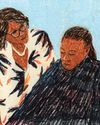
MEAN TIME
“Hard Truths.”
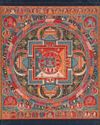
ENLIGHTEN ME
The secret beauty of mandalas.
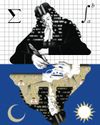
THE BEST OF THEM
His was a genius for the ages. Will Gottfried Leibniz ever get his due?

DEATH CULT
Yukio Mishima’ tortured obsessions were his making—and his unmaking.
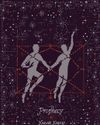
Prophecy
The night of Dev’s twenty-second birthday, he was invited to sit with the elders after dinner.

A TALE OF TWO DISTRICTS
Lauren Boebert and Colorado’s red-blue divide.
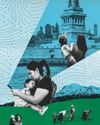
THE TIKTOK TRAIL
Andean migrants draw others to the U.S. with videos depicting themselves as living the American Dream.

LOVE AND THEFT
Did a best-selling romantasy novelist steal another writer's story?

OUR NEW TWO-FACTOR AUTHENTICATION SYSTEM
Our two-factor authentication system is expanding because text messages and e-mailed codes are becoming less secure. Also, we’re committed to making sure your log-in process is more of a hassle than it needs to be.
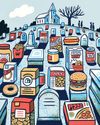
STILL PROCESSING
Why is the American diet so deadly?